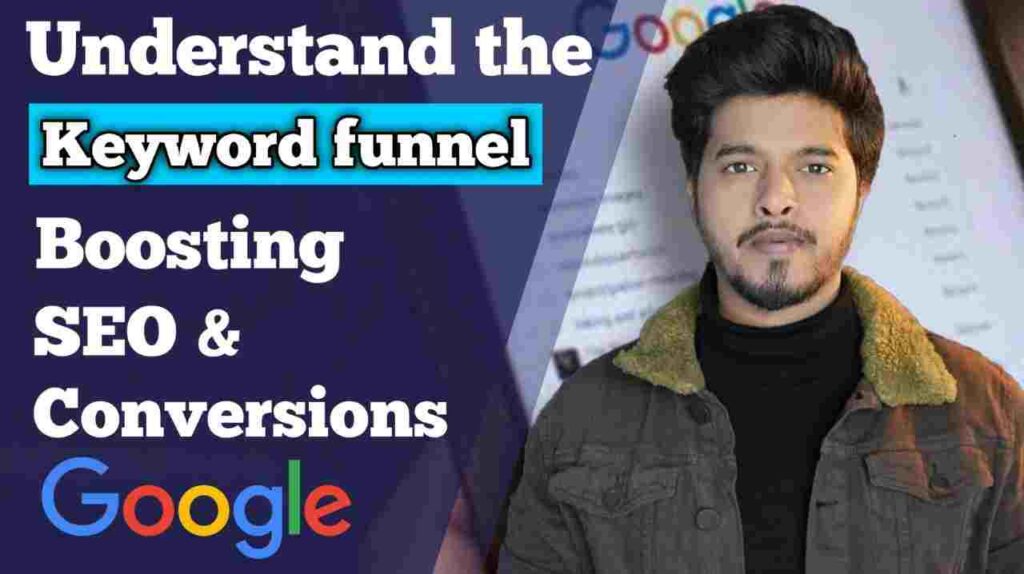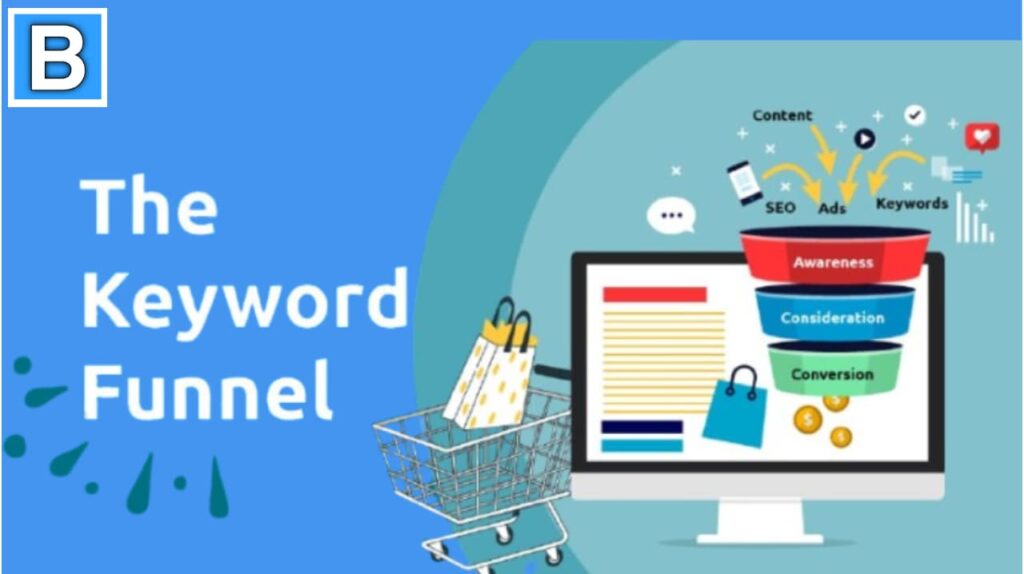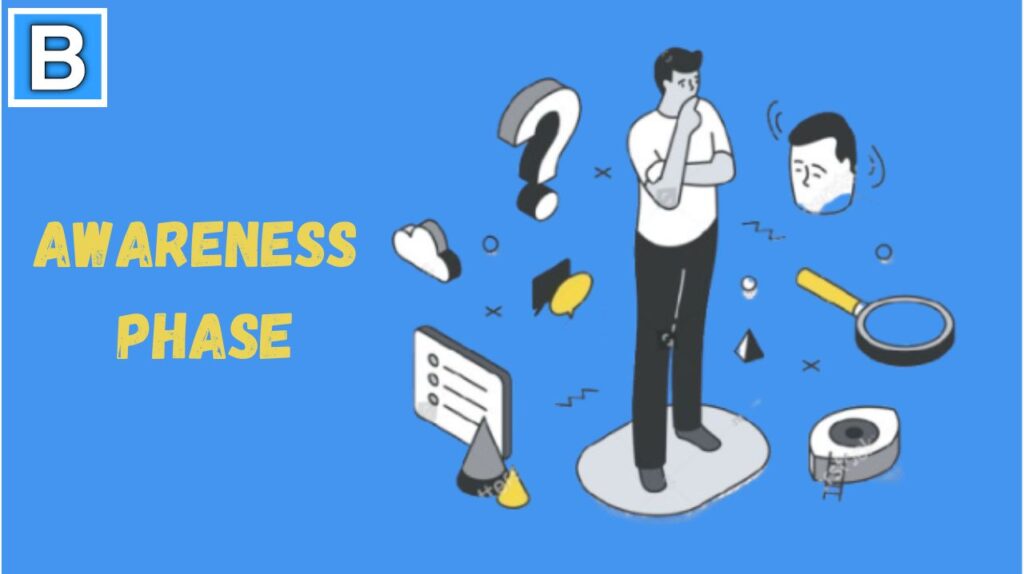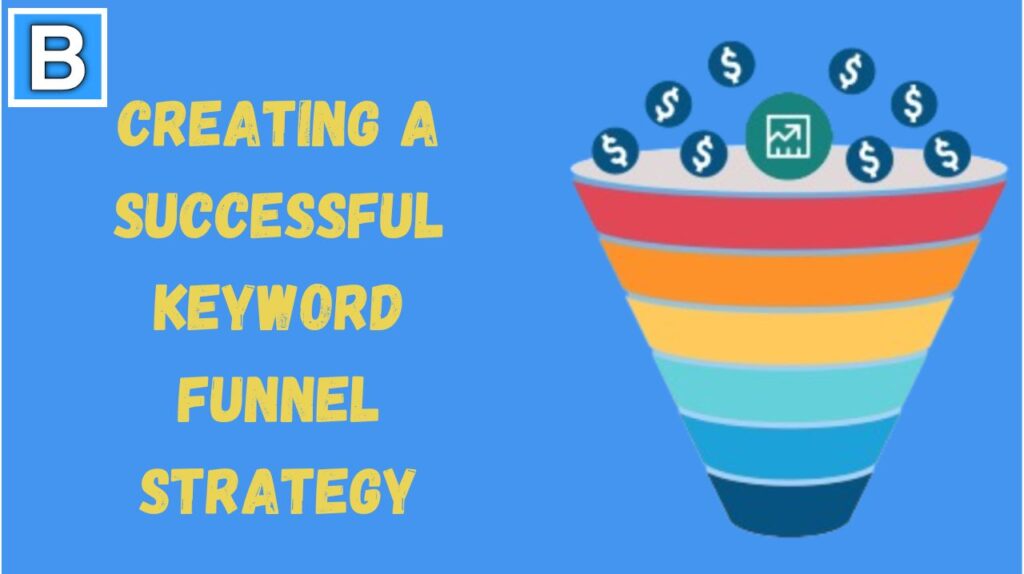
SEO has graduated from being just a matter of keyword placement to deploying the keyword funnel-an advanced strategy that ties together search intent with the customer journey. The following comprehensive guide explains how the keyword funnel works, why it matters, and how to apply it right in your digital marketing strategy.
Topics covered in this Article
- 1 The Foundation of Keyword Funnels
- 2 Understanding the Keyword Funnel to Boost
- 3 The Four Must-Have Stages of the Keyword Funnel
The Foundation of Keyword Funnels
A keyword funnel is really a strategic framework that organizes keywords around intent, which marks where they position in the customer journey.
Not unlike a standard marketing funnel, from broad, information-seeking queries at the top all the way down to specific, transaction-focused words at the bottom, it will effectively give companies a chance to create the right content at the right time within the prospect’s decision-making process.
Understanding the Keyword Funnel to Boost
The job of a keyword funnel is to act as a powerful tool to convert prospects into paying customers. By targeting the right SEO keywords at every stage of the buyer’s journey, you can increase organic traffic (Google, Yahoo, and Bing websites).
Generate quality leads and increase conversions. Implementing a well-planned keyword funnel ensures that your SEO strategy is optimized for success, guiding prospects seamlessly from awareness to purchase.
The Four Must-Have Stages of the Keyword Funnel

Awareness Phase
The Awareness Stage is at the top of the funnel, where users are first discovering their problems or needs. Users at this stage use very general, information-oriented keywords that generally begin with phrases such as “what is,” “how to,” “why do,” or “definition of.” Such searches reveal that users are looking for educational content and not necessarily to buy immediately.
For instance, someone might search for “What is digital marketing” or “How to improve website traffic.” Content at this stage should focus on providing valuable information and establishing your authority in the field.
People at the middle, or Consideration, stage of the funnel are typically more focused and solution-based. They know they have a problem to solve, and they are actively exploring specific solutions. Their searching will often include comparison terms, categories of products, and phrases that are solution-specific.
For instance, people may be looking for “best marketing automation tools” or doing a comparison of “email marketing software.” This is an enormous opportunity, therefore, to express your thought leadership and show how your solutions solve specific pain points.
The Decision Stage is the bottom of the funnel, where a user is typically ready to buy or take action. Keywords for this stage are highly specific and usually contain brand names, product names, keywords with purchase intent modifiers, and location-related terms.
For instance, “HubSpot pricing plans” or “SEO agency near me” indicates a ready-to-convert user. Content at this stage should aim to convert interest into action through actionable calls to action and clearly defined value propositions.
The often-underlooked Retention Stage looks at the keywords of current customers. These are usually support-related terms, usage questions, and optimization questions. Users might look for topics like “how to make use of specific features” or seek troubleshooting help. This stage is an essential part of keeping the customer happy and sticking to the brand in question.

Creating a Successful Keyword Funnel Strategy
Keyword research and proper categorization are the foundation of successful implementation. Making use of tools like Google Keyword Planner, Ahrefs, and SEMrush are considered alongside competitor keywords, gathering data from customers, it highlights the importance of understanding search intent, which includes informational, navigational, commercial, or transactional.
Keyword categorization follows content mapping, which calls for types of content at the different stages of the funnel. For the awareness stage, the required content would be educational blog posts, how-to guides, and information-type videos. For the consideration stage, product comparison guides, case studies, and expert interviews are useful. Product pages, pricing guides, and customer testimonials constitute ideal content for the decision stage. Tutorial videos and knowledge base articles would represent retention stage content.
Optimization strategies also differ by stage of the funnel. Top-of-funnel content typically needs wide coverage of topics and engaging visuals, whereas middle-of-funnel content needs detailed comparisons and specific examples. Bottom-of-funnel content must always emphasize unique selling propositions and highlight calls to action clearly.

Measuring Success and Overcoming Challenges
Success measurement involves tracking various metrics at each stage of the funnel. The awareness stage would focus on organic traffic and engagement metrics, while the consideration stage would observe the metrics related to resource downloads and email engagements.
Decision stage metrics are centered around conversion rates and sales metrics. The general health of the funnel can be assessed by the progression rates and revenue attribution.
Common challenges include content gap management, where certain funnel stages lack adequate content coverage. This can be addressed through regular content audits and gap analysis. Intent mismatch occurs when content doesn’t align with user intent, requiring careful analysis of user feedback and search console data. Funnel leakage, where users drop off at specific stages, can be minimized through better internal linking and clear next steps in content.

Advanced Strategies and Future Developments
Other sophisticated strategies include designing persona-based funnels that take into consideration industry-related jargon, role-based pain points, and budget constraints. Competitive positioning implies competitor keyword research into observing gaps and unique positioning opportunities. Seasonal adjustments take into account market fluctuations and events within the industry.
Artificial intelligence and machine learning will shape the future of keyword funnels to increase a sophisticated understanding of user intent and content relevance.
Opportunities for keyword targeting continue to evolve with voice search and natural language processing. Still, with the capabilities of semantic search, keyword matching plays a lesser role, and comprehensive topic coverage becomes more important.

6 Benefits of Keyword Funnel Strategy
- Increased Organic Traffic: Attracts more visitors by targeting relevant search terms.
- Higher Conversion Rates: Guides prospects through the buyer’s journey with tailored keywords.
- Improved Lead Quality: Captures users with specific intent, leading to better leads.
- Enhanced Content Relevance: Aligns content with user needs at each stage.
- Better ROI: Maximizes the effectiveness of your SEO efforts.
- Streamlined Customer Journey: Creates a seamless path from awareness to purchase.
Conclusion:- Keyword funnels
Integration with broader marketing strategies is an increasingly important factor. Keyword funnels ought to be integrated into social media marketing, email marketing campaigns, and paid advertising so that there is a comprehensive and smooth user experience across all channels involved.
This means targeting the right groups of users and resource allocation by having performance data from all the participating channels.
Success with a keyword funnel approach requires constant monitoring and adjustment. Continual performance metrics, user behavior, and market-change analysis allow organizations to hone their strategy and retain a competitive edge.
Through acknowledgment of and proper implementation of a keyword funnel strategy, more effective content can help guide users through their journey from awareness to purchase and beyond.
FAQ:-
How do you analyze a funnel?
How to analyze funnel flexibility and explore every possibility that can improve users’ conversion journey.
What is the funnel concept?
Guides potential customers through the stages of awareness, interest, desire, and action, culminating in a purchase decision.
What is a funnel in SEO?
The SEO funnel is a concept that describes the journey people take on a website.

